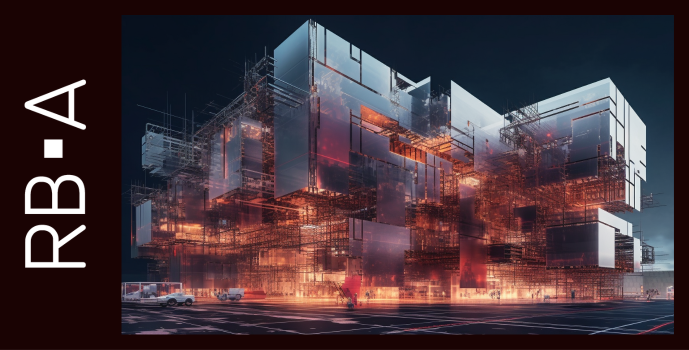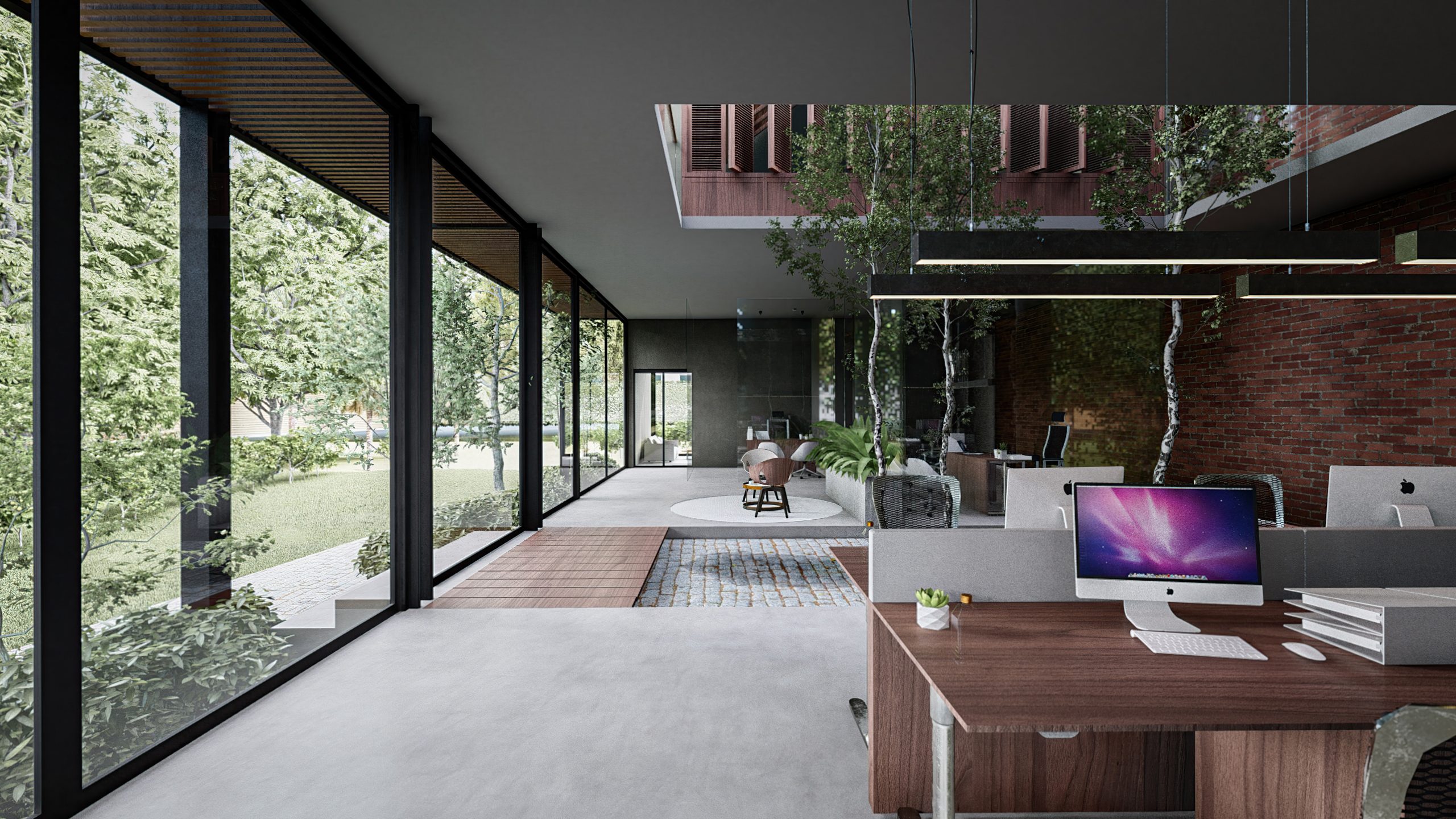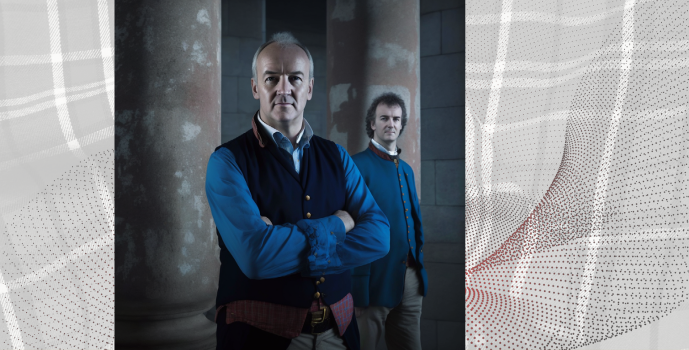The Evolution of High-Tech Architecture: A Riveting Journey
Introduction
The world of architecture has always been at the cutting edge of human innovation, consistently evolving to encapsulate our advancing technologies. A standout progression in this arena is the rise and development of high-tech architecture – a fascinating confluence of aesthetics, function, and technology.
High-Tech Architecture: The Genesis
High-tech architecture, often synonymous with late modernism or structural expressionism, germinated in the 1970s. This architectural style marks a distinct departure from traditional norms, intentionally showcasing a building’s structural and mechanical systems. It embodies the spirit of the digital age, portraying the celebration of technology and industrial prowess.
Visionaries of high-tech architecture, such as Norman Foster, Richard Rogers, and Renzo Piano, aimed to craft visually appealing spaces that were adaptable and responsive to environmental changes. This unique architectural style capitalises on materials like steel and glass, and more recently, composite materials, to construct technologically avant-garde buildings and be environmentally cognizant.
Iconic Structures and Shifting Perspectives
The Centre Georges Pompidou in Paris, a collaboration between Richard Rogers and Renzo Piano, is arguably one of the pioneering illustrations of high-tech architecture. This extraordinary structure defied conventional architectural norms by exhibiting its structural system, mechanical systems, and circulation spaces on its exterior, freeing up vast interior spaces for flexibility.
Another classic example is the Lloyds Building in London, crafted by Richard Rogers. Much like the Pompidou Centre, the Lloyds Building displays its service systems on its exterior, creating an architectural narrative that’s a testament to the high-tech ethos.
The Present and Future of High-Tech Architecture
High-tech architecture is continually evolving, spurred by rapid advancements in technology. Digital design tools, artificial intelligence, and sophisticated materials have broadened architectural possibilities like never before. Sustainability has emerged as a core aspect of this architectural style, with a growing emphasis on energy efficiency, carbon footprint reduction, and minimal environmental impact.
The future of high-tech architecture promises even more exciting prospects. The emergence of smart buildings – structures where systems are integrated and controlled for optimal efficiency – propels us towards a future where our buildings will harmonise intelligence and aesthetics. Biotechnology advances even hint at a world where buildings could be organically grown rather than constructed, blurring the line between the organic and the artificial.
Conclusion
The evolution of high-tech architecture embodies the resilience and creativity of the human spirit. It mirrors our relentless quest for progress and our ambition to create spaces that do more than provide shelter – they enhance our lived experiences. At Reid Brewin Architects, we’re thrilled to be part of this evolution, pioneering designs that pay homage to this rich legacy while propelling towards the future. Stay tuned as we delve deeper into the fascinating world of high-tech architecture in our upcoming blogs.











